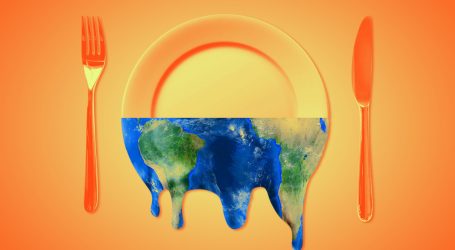Lead and Crime in Honduras
I get questions:
@kdrum Given that Honduras only ended leaded gasoline in 1996, and had the worst concentration of lead in its gasoline in the world, can you devote a post to lead poisoning’s role in this horrific violence?
— Melissa Payton (@Melissa70601) April 15, 2019
Happy to help! However, there’s not a lot to say. The Sierra Club confirms that Honduras had remarkably high ambient lead levels through the mid-90s:
Until Honduras eliminated leaded gas, there was no country in the world with a higher concentration of lead per gallon of gasoline. In some parts of the capital, lead levels in the atmosphere exceeded international standards by 500 percent and lead concentrations in blood were rising, especially among children.
In 1996, a campaign by Aire Puro finally convinced the government to ban leaded gasoline, and by 1999 it had been completely phased out. The lag between childhood lead exposure and crime rates later in life is between 18-25 years, which suggests that we’d expect crime in Honduras to peak sometime between 2014 and 2024. And since the lead concentrations before 1996 were very high, we’d expect the peak crime era to be pretty brutal.
This is about all we can say so far. At best, Honduras is a few years past its crime peak, a period when we in the United States were still obsessing over “superpredators” because we didn’t yet realize that crime was declining. At worst, crime is still increasing in Honduras and won’t start to decline for several more years. The middle case—and probably the most likely one—is that crime is at its all-time peak right about now, which goes a long way toward explaining why violence is endemic there and so many people are fleeing. Crime will now start to decrease, but it will probably be five or ten years before we start to see a significant change.




